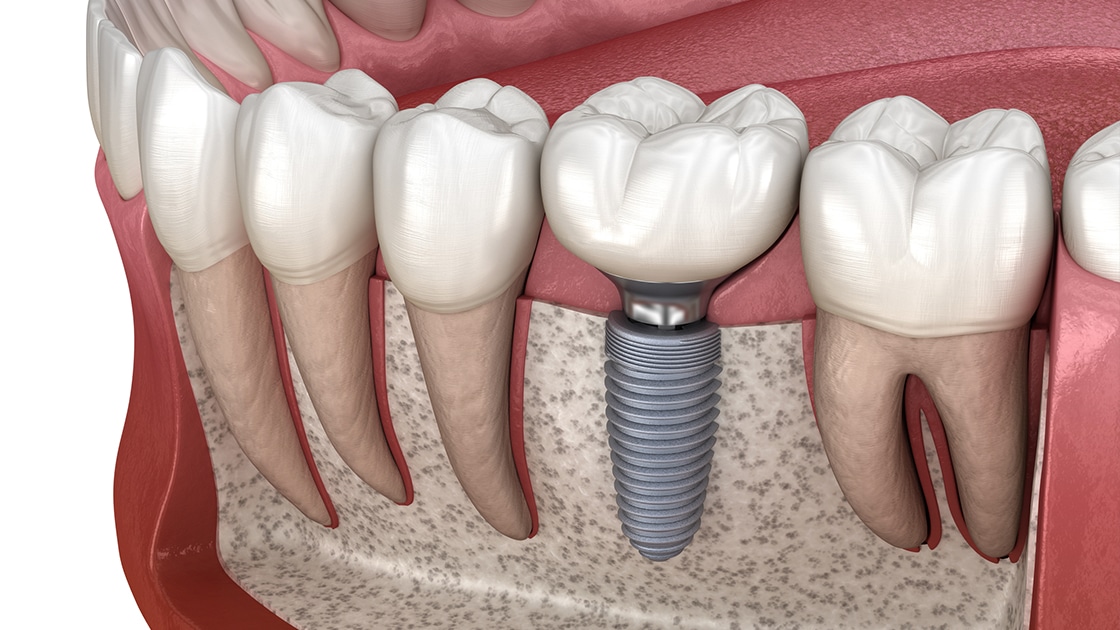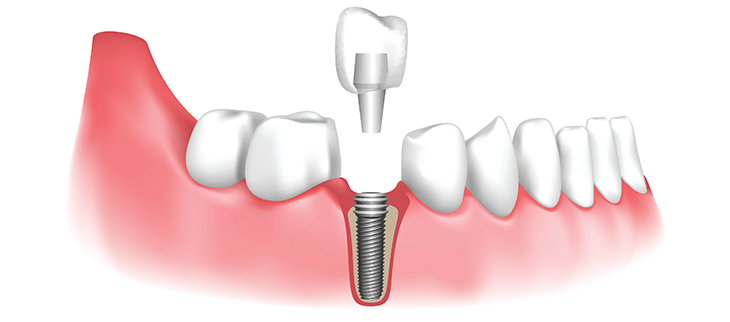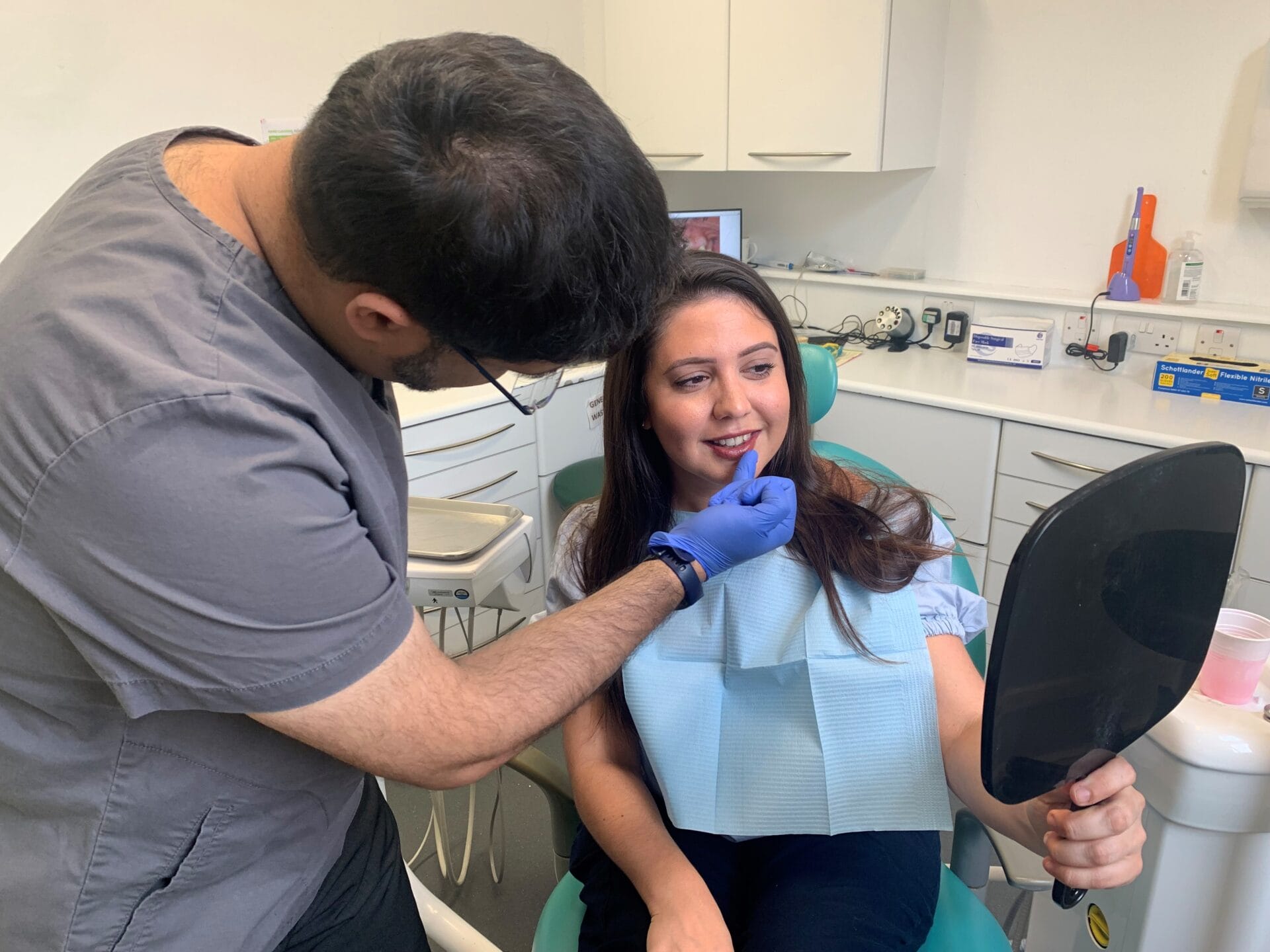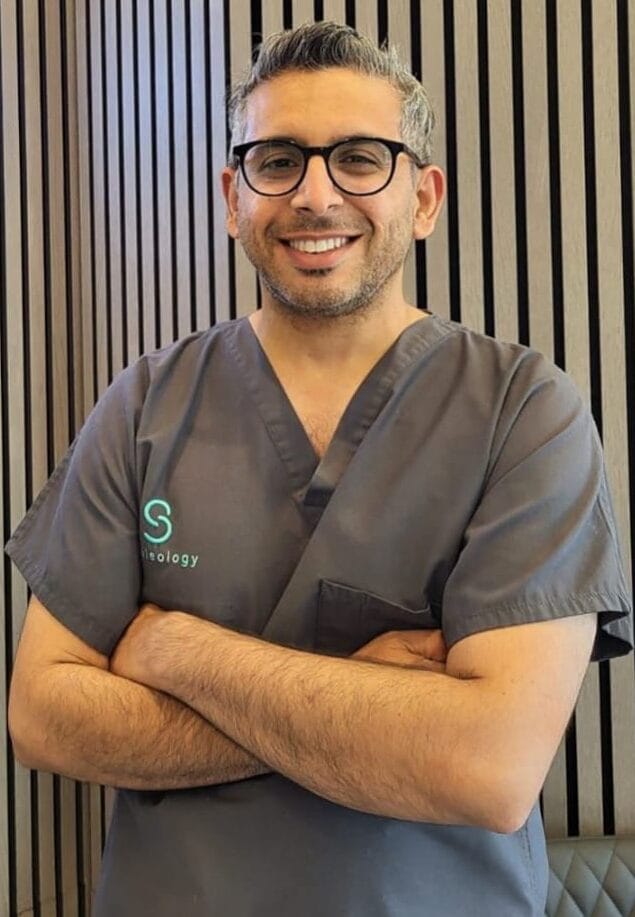Restore Your Smile with Dental Implants Kent: Specialist Solutions
Restore Your Smile with Dental Implants Kent: Specialist Solutions
Blog Article
Experience the Most Recent Developments in Oral Implants Technology
As the area of dentistry proceeds to advance, the improvements in dental implant innovation have been nothing except exceptional. From the usage of innovative materials that enhance longevity to the implementation of electronic imaging for specific positioning, these technologies are changing the landscape of dental care. With minimally invasive medical strategies and the modification capacities of 3D printing, patients now have accessibility to customized options that were when unthinkable. The combination of technology is revolutionizing the capability of dental implants, guaranteeing improved end results and individual complete satisfaction.
Advanced Materials for Boosted Toughness
In the realm of oral implants modern technology, the assimilation of sophisticated products has dramatically contributed to enhancing sturdiness and durability of these critical dental prosthetics. The use of products such as titanium alloys, zirconia, and ceramic compounds has reinvented the field by offering increased resistance, stamina, and biocompatibility to deterioration.
Titanium alloys are widely used in dental implants as a result of their extraordinary strength-to-weight ratio, rust resistance, and compatibility with the body. These alloys ensure the stability and durability of the dental implant by withstanding the forces exerted during eating and talking, providing a reputable option for people looking for sturdy tooth substitutes.
Zirconia, a kind of ceramic material, has gained popularity for its biocompatibility and natural tooth-like appearance. Its high stamina and resistance to use make it an appropriate option for dental crowns and bridges, improving the general looks and functionality of the implant.

Digital Imaging for Precise Placement
The evolution of oral implants modern technology has actually additionally advanced with the integration of electronic imaging strategies, making sure exact placement of these prosthetics for optimal useful and visual end results. Digital imaging plays a critical duty in the planning and placement of oral implants by supplying comprehensive 3D photos of the individual's jawbone structure. This innovation allows dental practitioners to evaluate bone thickness, situate crucial structures, and intend the precise position and angle for dental implant placement with unrivaled precision.
By using digital imaging, dental practitioners can produce virtual medical guides that offer as a roadmap throughout the implant positioning procedure. These overviews are personalized for each person, taking into account their unique makeup and the preferred end result. This degree of precision not just enhances the success price of dental implant treatments but additionally decreases the threat of issues.
Additionally, electronic imaging allows dental professionals to visualize the final prosthetic reconstruction before the real placement of implants, enabling for thorough planning and making sure that the outcome satisfies the patient's aesthetic assumptions. In general, the combination of electronic imaging technology has actually revolutionized the field of oral implants, offering clients an extra predictable, effective, and patient-specific therapy approach.

Minimally Intrusive Surgical Techniques


Innovations in medical techniques have resulted in the development of minimally intrusive strategies in the area of oral implantology. These methods aim to decrease trauma to the patient, shorten recovery times, and improve overall treatment results. Minimally invasive surgeries entail smaller incisions, specialized instruments, and progressed imaging innovations to precisely place dental implants with minimal disturbance to bordering tissues.
One trick element of minimally invasive strategies is using guided surgical procedure, where 3D imaging and computer-aided style software application are used he said to prepare the implant positioning with terrific precision. This enables a more foreseeable outcome and can often get rid of the need for substantial flap surgery.
In addition, developments in products and implant layout have additionally contributed to the success of minimally intrusive methods. Implants with boosted surface homes advertise quicker osseointegration, reducing the recovery time called for before the prosthetic reconstruction can be put.
3D Printing for Custom-made Solutions
Using 3D printing modern technology in dental implantology permits for the development of highly personalized solutions customized to specific client demands and anatomical variations. This cutting-edge innovation makes it possible for oral experts to design and fabricate oral implants with extraordinary precision and precision. By utilizing digital imaging methods, such as cone light beam calculated tomography (CBCT), detailed 3D designs of the individual's dental cavity can be generated to direct the implant preparing procedure.
Among the vital advantages of 3D printing in dental implantology is the ability to produce patient-specific implants that flawlessly fit the one-of-a-kind anatomy of each individual. This customized strategy helps enhance the general success and long life of the implant by making sure optimal fit and positioning. Additionally, 3D printing permits the manufacturing of complicated geometries and elaborate frameworks that would be impossible or challenging to attain making use of traditional production approaches.
Additionally, 3D printing technology enables dental professionals to improve the implantation process, lowering surgical procedure time and boosting general client experience. With its ability to develop personalized services quickly and successfully, 3D printing is changing the area of dental implantology, offering people ingenious treatment alternatives and enhanced results.
Integrated Technology for Improved Capability
Carrying out cutting-edge modern technology in dental implantology improves functionality and accuracy, boosting the requirement of treatment for clients undertaking implant treatments. Integrated technology plays a crucial function in improving the total success and toughness of oral implants.
Additionally, the assimilation of computer-aided design and computer-aided production (CAD/CAM) modern technology enables the production of custom implant remediations with outstanding accuracy. CAD/CAM systems make use of electronic perceptions to create prosthetics that flawlessly fit the patient's distinct makeup, making certain optimum comfort and performance. In addition, making use of robotic-assisted surgical treatment in dental implant placement boosts accuracy and minimizes the danger of human error.
Conclusion
To conclude, the most recent technologies in oral implants modern technology deal click boosted durability through advanced materials, here precise placement with electronic imaging, minimally intrusive surgical strategies, tailored services with 3D printing, and enhanced functionality with integrated technology - Dental implants Kent. These developments in oral implants innovation are transforming the field and giving patients with even more effective and effective treatment options for restoring their smiles and oral health and wellness
The integration of modern technology is changing the performance of oral implants, guaranteeing improved results and patient contentment.
The evolution of oral implants innovation has actually better advanced with the assimilation of digital imaging methods, making sure accurate positioning of these prosthetics for optimal practical and visual results. Minimally intrusive surgical treatments involve smaller lacerations, specialized instruments, and advanced imaging technologies to precisely place oral implants with marginal interruption to bordering tissues.
Carrying out cutting-edge innovation in oral implantology enhances performance and accuracy, raising the standard of care for individuals undertaking implant procedures. Dental implants Kent. Integrated innovation plays an essential duty in improving the general success and durability of dental implants
Report this page